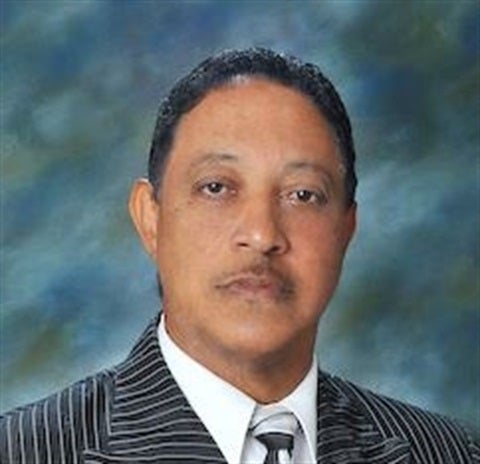Wise: Public schools’ financial strain not brought on by spending; test scores could suffer
Published 12:03 am Wednesday, April 27, 2016
Dear editor,
Thank you for your continuing coverage of St. John Parish Public Schools. For years education had been virtually ignored except for an occasional class photograph, but the current staff is doing an excellent job.
Your coverage of last week’s School Board meeting and the likely aftermath of one of the Board’s decisions was important because of a chain of events which has led to where we are today: a series of informal meetings as administrators prepare to cut programs and end people’s jobs.
The problem actually began eight years ago when newly-elected Governor Bobby Jindal froze public education funds, which were already among the lowest in the country. Employee-related costs like health insurance and retirement expenses kept going up every year but the Minimum Foundation Program grants remained the same.
Many people across the Parish seem to believe that the School Board wastes a great deal of money. One person recently accused us of “spending like a drunken sailor.” Nothing could be further from the truth.
The St. John School Board has one of the highest credit ratings in the state. Anyone who checks his own personal credit score realizes how tough it is to get and maintain good credit. How important is it? At our last meeting, as L’OBSERVATEUR watched, we refinanced an existing bond issue at a much lower interest rate, saving St. John taxpayers over $700,000 in future interest payments.
We have managed our money so well, in fact, that
1. St. John’s teachers are among the highest paid in the state — which is reflected in the fact that our students test scores have risen every year for more than 10 years and the entire School District is just a few points away from receiving an “A” rating from the state.
2. We managed to build up a “rainy day” fund that has let us not just survive but continue to grow in spite of actually seeing our income drop by several million dollars a year.
3. We had not asked voters of the Parish for a tax increase in 11 years.
In the last four years St. John and its residents have suffered a series of disasters. Hurricane Issac not only took two of our largest schools, dozens of families moved away. Over 800 students were gone. Each one caused the state to reduce its funds by almost $4,000 apiece.
Just as East St. John High was coming back into use, a fire heavily damaged one of the main buildings at East St. John Elementary, right down the road.
FEMA funds covered only 75 percent of rebuilding the high school and Lake Ponchartrain Elementary, which is still under construction. We had to buy dozens of mobile trailers to use as classrooms, but won’t be reimbursed for them.
We also have to replace 20 school buses that were used to help in Isaac evacuations that were damaged beyond repair. Each replacement will cost about $50,000. We haven’t been reimbursed for that.
Our rainy day fund is almost dry.
Our insurance company had sent us a check for the fire loss at ESJE. We had agreed on a reconstruction plan that included several upgrades, including a high-school quality gymnasium, and hired an architect to begin designing it. But after voters rejected the 1/4 cent sales tax we had asked for, our administrative staff asked us to temporarily halt the design process.
They wanted time to investigate downsizing the school and using part of the insurance money to keep from laying people off and ending programs like after-school tutoring and an alternative program to help expelled students continue their education.
Unfortunately, false rumors began spreading that we were going to close ESJE for good. Parents and some School Board employees came to the meeting and insisted that the work continue.
Nine Board members voted to go along with that demand. I was the only one against it.
Now there is no alternative but to reduce costs. 85 percent of our budget is personnel-related, so some jobs will be lost in the 2016-17 school year. Unless more money can be found, a much larger layoff will come in 2017-18.
And an almost iron-clad certainty is that our decade-long series of growth in tests scores and graduation rates will at least falter, and may actually come to an end.
Russ Wise
Finance Committee chairman
St. John School Board




